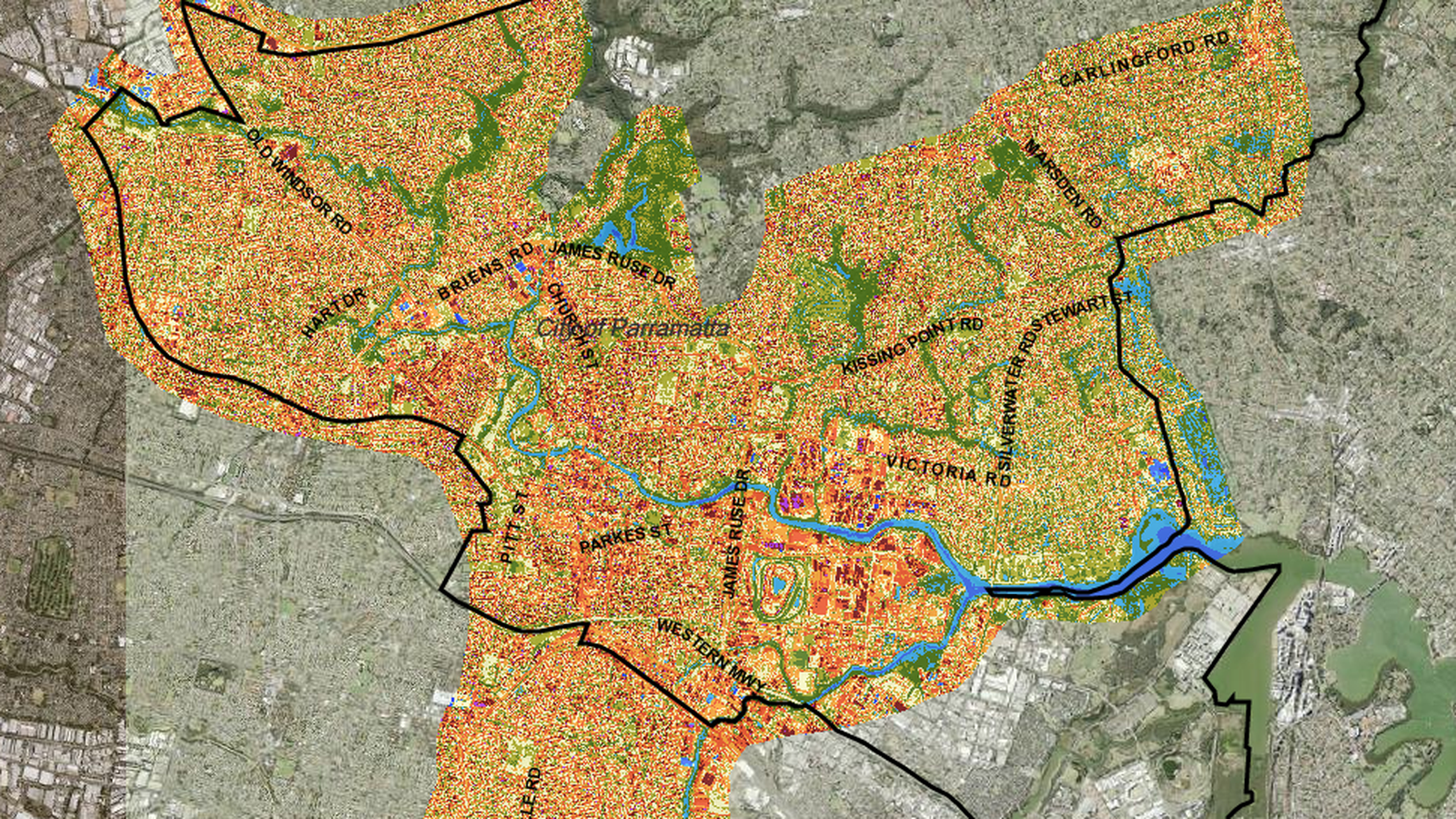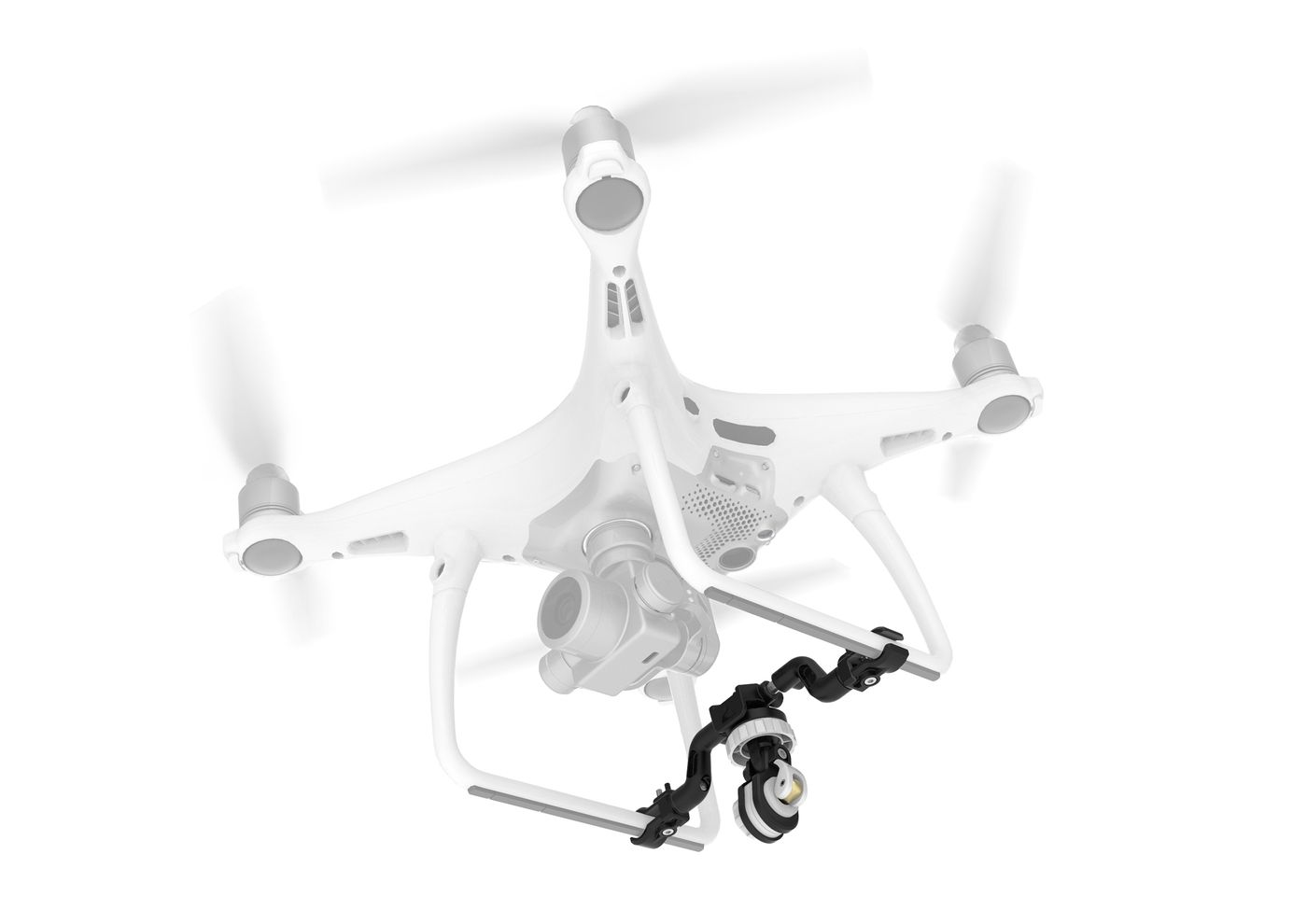Essay: Technology, Systems, Cities: Designing the Future of Work

Smart products, Artificial Intelligence (AI), the Internet of Things (IoT) and a sustainable systems outlook will dramatically improve how we live, work, interact, and manage our health and well being. Sasha Alexander from the University of Western Sydney on how these changes will generate new and rewarding work, and flexible and enriched leisure options.
The evolution of the web and social media as a sharing platform for collective knowledge complement the opportunities created by open source mindsets accelerating innovations through collaborative networks that ideally self-define value, create self-leveling democracy, and adopt systems thinking.
The defining of collective value and values within our individual and group-based sphere of influence requires that we seek the attributes that define our sphere, what success may look like, and an evolving governance model of community of practice.
A collective reflection upon our current ecosystem inventory of work, leisure, social engagement, and planetary resources can inform decisions for short, longer, ultra-long term shared sustainable futures that embrace co-creative ventures for new activity that strengthens communities.
Encouraging signs for collaborative value creation
In 1969 the moon landing captured the imagination of a generation (and then some) built upon collaboration of over 400,000 people encompassing jet propulsion, life support systems, materials technology, remote sensing, communications, astronaut training.
The moon missions required cooperative interdisciplinary approaches and an open source mindset that recalibrates as a collaborative neural network for continuous innovation. This requires specialist field translations of valued disciplinary knowledge toward transdisciplinary-targeted actions often leaving traditional institutions behind in an Uber-AirBnB innovative business model way.
Work, socialisation, and cities are being reinterpreted by the data generated by the new corporates and the release of free open source data sets by governments, are through interpretation, informing what type of housing is relevant, and where and what type of transport systems could be built to service the changing needs of people. This inspires the prospect of new ways of seeing, working and interacting, with health and well being as the central denominator. A narrower more forested street without the need for carports as on-call autonomous vehicles have eliminated the need and re-designed streetscapes reduce the urban heat island effect by cooling cities.
In the age of the avatar and reports that automation will drastically redefine the professions in the future eroding youth employment prospects by 70% from traditional technician, labourer, machine operator pathways, new jobs are required. One response to the new skills future imperative is the growth of smart monitoring sensor technologies whether deployed as wearable health-tech, remote telehealth, or drone-based environmental health monitoring. This new age reinforces faith in finding balanced approaches in creating livable environments by people with new skills and newly framed scenarios as the basis for exploration and creation for new work. We can track the size of the forest canopy (climate change monitoring), enhance bushfire response (safety), and contribute algorithmic scanning technologies that support medical care (health).
The Future of Work 2030 means redefining personal goals in the context of local and global issues and local engagements that can be up-scaled to city-wide, regional, national and international initiatives capable of sustainable and enduring impact. Thinking BIG requires environments conducive for discussion and a refining of inclusive engagement methods with universally understood vocabularies across connected communities.
The sustainable imperative, as conveyed through the connected global community and United Nations Sustainable Development Goals 2030 (UNSDGs), distils the UN’s entire history and projected future impact strategy, proposes that there are US$12 trillion [to 2030] in new business opportunities globally. The goals represent a global response to water security, sustainable innovation, climate action, responsible consumption strategies among 17 goals including partnership for the goals.
This is our collaborative challenge, and new moon mission.
In summary the Future of Work 2030 will be:
- Co-creative, consultative across all current and new disciplinary fields and new fields of the interdisciplinary and transdisciplinary
- Centered in design as a perpetual process methodology for refinement in systems for living, interaction, health and well-being including work and leisure
- Locally and globally distributed for each individual and as an individual within a group or groupings utilising technology for connected dialogue and daily living, meaningful work, and futures planning
- Interdisciplinary leading to the creation of even more specialisations and exponential growth as a ‘neural network’ of self-as-individual-directed interactions
- Each individual whether developing or utilising technology to augment living systems or person-to-person interactive approaches at local level especially [circular economies] will be a tech-harnesser/tech farmer not tech-slave.
- 3 day week: 4 day weekend based on a high-value-add approach to human and planetary resources
Further reading
[1] Cognitive mobility: Olli self-driving vehicle https://www.youtube.com/watch?v=9joEsWiYFEI
[3] UNSDGs https://www.undp.org/content/u...ble-development-goals.html
[4] Open Source Data https://data.nsw.gov.au/
[5] Victor Papanek https://papanek.org/about/
[6] Space research influences earth outcomes https://www.nasa.gov/offices/o...
[7] Circular economy https://www.ellenmacarthurfoun...
[8] UBER data https://movement.uber.com/?lang=en-AU
Sasha Alexander
Dr. Sasha Alexander is an academic and Director of Academic Program Industrial Design at the School of Computing, Engineering and Mathematics, Western Sydney University, a qualified industrial designer, holds a PhD in Value Chains, and has held design consultancies in Denmark, California, South Korea and across Australia.
Sasha’s teaching and research engages across fields of sustainability (life-cycle assessment, IoT manufacturing and intelligent products and services, UNSDG integration, circular economies); design management (human and physical resource utilisation, design response to heat island effect in cities encouraging socialisation, interdisciplinary knowledge and practice); interdisciplinary design studio (design for health and well being on long duration space flight - Mars mission, inclusive design for voice disorder, inclusive design for vision impairment; design semantics and object meaning and form symbolism, medical device commercialisation in bioengineering and neuroscience, design for automated futures including autonomous vehicle interfaces).
Research and grant successes include indigenous knowledges, engineering infrastructure/global greenhouse gases, Future of Work Career Accelerator - Community as Catalyst, Ausindustry, Forest and Wood Products Research and Development Corporation (now FWPA), and presenting at the International Astronautics Conference 2018 - under New Worlds - non traditional space education. Sasha is a Fellow and Past President of the Design Institute of Australia (New South Wales Branch) and National Honorary Secretary, and past nominee to the Board of the World Design Organisation (WDO) in 2017.
Explore more on My Job in 2030 on Object Platform
Image: Parramatta Heat Map, image sourced from parracity.maps.arcgis.com
Image: Sky Rigger Drone by Ingenuity Product Design. Courtesy of Good Design Australia

